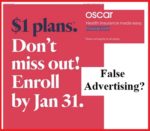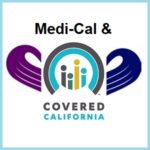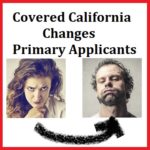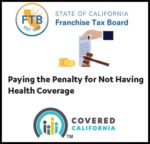Consumers who are currently insured in the individual market directly through an insurer “off-exchange” may be eligible to receive financial help if they purchase coverage through Covered California during this new SEP. It is important to note that consumers who earn from 138 percent FPL through 600 percent FPL may receive state and/or federal subsidies which means they would be more likely to retain their coverage.











